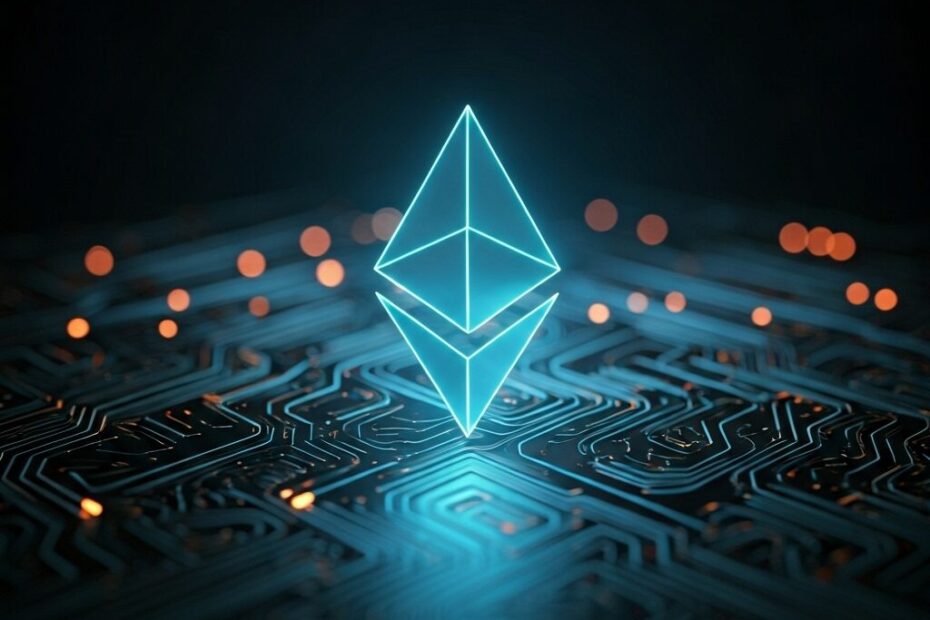Brevis Achieves Industry-First 99.6% Real-Time Proving For Current Ethereum Blocks With 50% Cost Reduction
John: Hey everyone, I’m John, a tech blogger at Blockchain Bulletin, where I break down the latest in Web3, metaverse, and blockchain tech. Today, we’re diving into Brevis’s big news from 2025-10-15 about achieving 99.6% real-time proving for current Ethereum blocks while cutting costs by 50%. If you’d like a simple starter guide to exchanges, take a look at this beginner-friendly overview.
Lila: Hi John, as your assistant, I know readers are buzzing about how this could make Ethereum faster and cheaper—it’s all over recent news and X posts. So, what exactly is Brevis, and why is this proving thing such a big deal?
What is Brevis and zk-Proving?
John: Brevis is a company focused on zero-knowledge (zk) technology for blockchains, specifically creating tools like the Pico Prism zkVM to handle complex computations off-chain but verify them on-chain. In the past, proving Ethereum blocks meant waiting minutes or hours due to high computational demands, but Brevis aims to make it real-time.
Lila: zkVM? That sounds technical—can you explain it simply?
John: Sure, zkVM stands for zero-knowledge virtual machine—it’s like a secure calculator that proves a computation is correct without revealing all the details (think of it as showing you solved a puzzle without showing every step). Currently, Brevis uses this to prove Ethereum blocks, which are bundles of transactions, in under 12 seconds for most cases.
The Recent Achievement
Lila: Okay, got it. Now, about this 99.6% real-time proving—what happened on 2025-10-15?
John: On 2025-10-15, Brevis announced via Chainwire and other outlets that their Pico Prism zkVM achieved 99.6% coverage for proving current Ethereum blocks in under 12 seconds, with 96.8% under 10 seconds. This is an industry first, reducing GPU costs by 50% by using only 64 RTX 5090 GPUs instead of 160, based on reports from Crypto.news and Cointelegraph.
Lila: Wow, that’s specific. How does this compare to what was possible before?
John: In the past, like back in May 2025 as noted by Ethereum researcher Justin Drake on X, proving was hitting 94% under 12 seconds, but it required more expensive hardware. Currently, Brevis’s update marks a 3.4x performance gain, making real-time verification closer to Ethereum’s goals without centralization risks.
How It Works
Lila: Break it down for me—how do they actually achieve this proving with cost cuts?
John: Brevis’s system plugs into live Ethereum data, using consumer-grade GPUs to generate zk proofs for block states and transactions. The 50% cost reduction comes from optimized algorithms that need fewer GPUs, as detailed in their 2025-10-15 press release on BlockchainReporter.net. It’s all about efficient zero-knowledge proofs that verify heavy computations quickly.
Lila: And real-time means what exactly here?
John: Real-time here means proving a block within Ethereum’s 12-second slot time, so apps can verify data almost instantly. Currently, this covers 99.6% of blocks with up to 45 million gas units, which measures computational effort in Ethereum transactions.
Impact on Ethereum
Lila: This sounds game-changing for Ethereum users. What does it mean for the network overall?
John: It pushes Ethereum toward scalability goals set by the Ethereum Foundation, like verifying blocks in sub-10 seconds. In the past, high costs limited zk adoption, but now with Brevis’s 50% reduction, more developers can build decentralized apps without relying on centralized servers—posts on X from experts like Justin Drake highlight this as a step toward 10,000 transactions per second on layer 1.
Lila: Any risks we should know about?
John: Yes, while innovative, zk tech involves complex cryptography, so always verify implementations; compliance with regulations varies by jurisdiction, so check official Ethereum docs. (And hey, no one’s perfect—even zk proofs need auditing to avoid bugs.)
Potential Use Cases
Lila: Practical examples would help. Where can this be used?
John: Currently, it’s enabling smarter smart contracts, like real-time credit scoring or risk analysis in DeFi by proving historical data off-chain. Looking ahead, it could support massive scaling in gaming or AI on blockchain without slowing down the network.
Lila: Give me a list of simple use cases for beginners.
John: Here are a few concrete ones:
- DeFi lending: Prove a user’s transaction history in seconds for instant loan approvals.
- Cross-chain bridges: Verify Ethereum data on other blockchains quickly and cheaply.
- On-chain analytics: Run complex queries off-chain, then verify results on Ethereum for trustless insights.
- Gaming: Enable real-time state proofs for fair, decentralized multiplayer experiences.
Looking Ahead
Lila: What’s next for Brevis and this tech?
John: Based on recent reports from Cointelegraph on 2025-10-15, Brevis is targeting full 100% real-time coverage soon, potentially integrating with more chains. In the past year, zk proving has evolved rapidly, and currently, this puts Brevis ahead in the zkVM race, with experts on X noting it’s viable for everyday hardware.
Lila: Any tips for builders interested in this?
John: Start by exploring Brevis’s official docs or Ethproofs integration—test on testnets first to understand gas costs. Remember, zk tech is evolving, so stay updated via trusted sources like The Defiant.
John: Wrapping up, this Brevis achievement from 2025-10-15 is a solid step toward making Ethereum more efficient and accessible, proving that zk tech can deliver real-world speed and savings. It’s exciting to see blockchain barriers coming down. And if you’d like a bit more background on exchanges, you might enjoy this global guide.
Lila: Thanks, John—that makes zk proving feel approachable and timely. Readers, dive in and explore how this could shape your Web3 projects!
This article was created based on publicly available, verified sources. References:
- Original Source
- Brevis Achieves Industry-First 99.6% Real-Time Proving for Current Ethereum Blocks with 50% Cost Reduction – Chainwire
- Brevis achieves unprecedented 99% proving speed on Ethereum
- Pico Prism proves 99.6% of ETH blocks in real time: 10K TPS gets closer
- Brevis Achieves Industry-First 99.6% Real-Time Proving For Current Ethereum Blocks With 50% Cost Reduction
